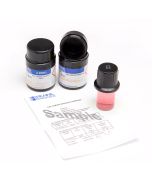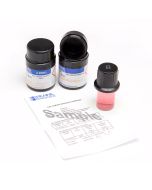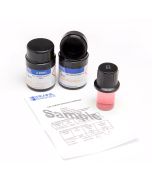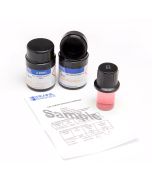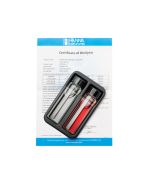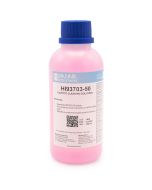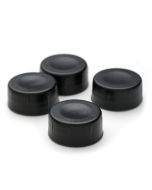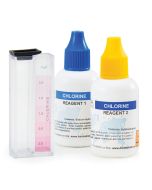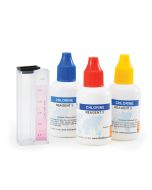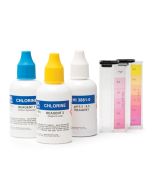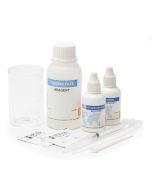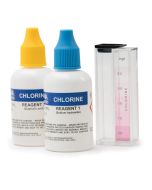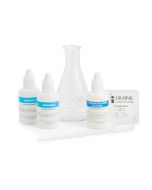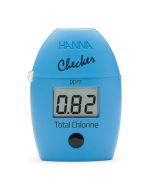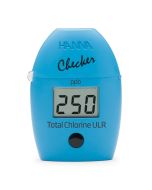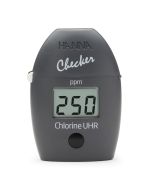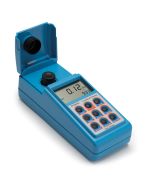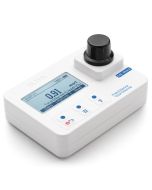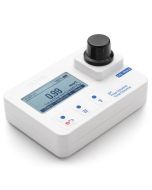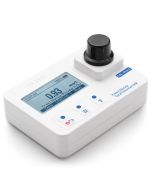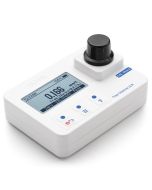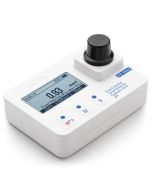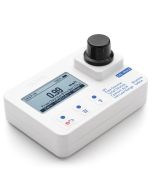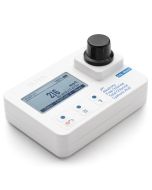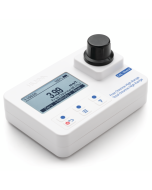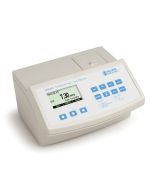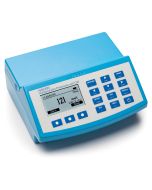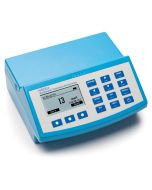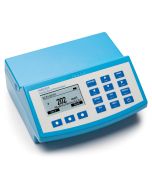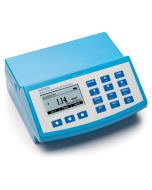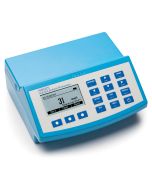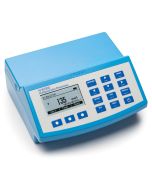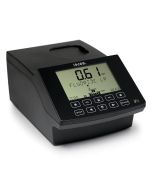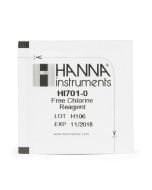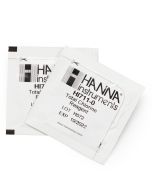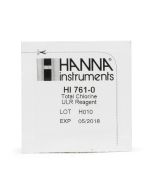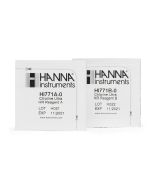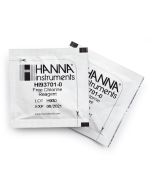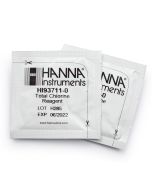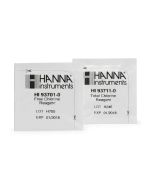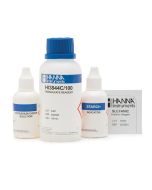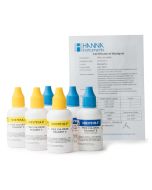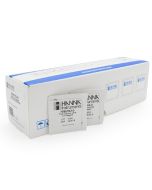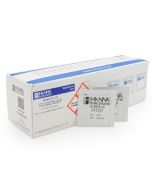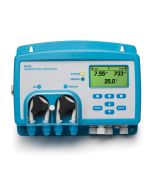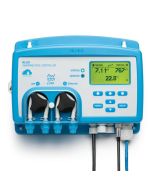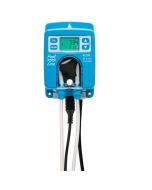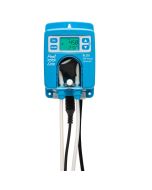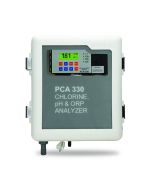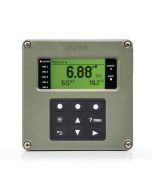Chlorine

Disinfection is a process of killing disease-causing organisms (or pathogens). Chlorine (Cl2) is one of the most widely used disinfectants. It has many applications including drinking water, cooling towers, wastewater treatment, food disinfection, and swimming pools to name a few.
Chlorine is available in multiple forms. It can come in a liquid, solid or as a gas, although gas is limited to specific customers due its toxicity if accidently released in a confined space. Technologies are available to produce chlorine on-site using an electrolytic method. In this process sodium chloride is used as the source to become chlorine. Electrolytic generators are used to produce very high levels of chlorine for disinfecting equipment while, in the swimming pool they are used to maintain a low level chlorine.
There are multiple forms of chlorine which can depend on the pH of the water and whether it has reacted with another substance. The most basic form is free chlorine or free residual chlorine. This includes both hypochlorous acid and the hypochlorite ion. Which form is predominant depends on the pH. At a pH of around 7.2 the ratio of HOCl to OCl-is 50:50. As the pH decreases and becomes more acidic the HOCl increases. As pH increases and becomes more basic the OCl-increases. The HOCl is 100 time more effective at killing a pathogen than the OCl-form. This can be a challenge in water treatment or for a swimming pool owner since water at a pH less than 7 becomes corrosive to piping used to transport water. Free chlorine measured by DPD measures both forms. When measuring by Oxidation Reduction Potential (ORP) the HOCl will generate a greater oxidizing potential than OCl-. With ORP it is important to adjust the pH first then measure ORP since the measurement is affected by the pH of the water.
Another form of chlorine is combined chlorine. This is chlorine that has reacted with a substance. Typically the combined chlorine is no longer available for disinfection. In drinking water ammonia is added to chlorinated water to form mono-chloramines. The mono-chloramines are used to keep the water safe. In chlorine measurement the free chlorine and combined chlorine are measured as total chlorine. To measure how much combined chlorine is present a free chlorine measurement is subtracted from a total chlorine one.
Hanna offers a wide range of products for the measurement of chlorine. The product offering includes chemical test kits, Checker HC, portable and benchtop photometers, spectrophotometers, and process analyzers. Different measuring methods are available based on chlorine level to be measured. Low levels (< 5 mg/L (ppm)) are commonly measured using DPD while high levels (up to 500 mg/L) will use an iodometric. Many process applications will monitor and control chlorine concentration by measuring the oxidation-reduction potential (ORP).
Solutions
Solutions for chlorine measurement include the CAL Check standards for verifying and, if needed, the calibration of our portable photometers. Each CAL Check standard is supplied with a Certificate of Analysis stating the accuracy and traceability of the standard.
Accessories
Accessories include spare cuvettes and caps for photometers. Cuvette cleaning solution and microfiber cleaning cloths are also available.
Chemical Test Kits
Portable Photometer
Single and multiparameter portable photometers are available from very low to high ranges. The portable photometers have a CAL Check feature for performance verification and if needed, recalibration using the CAL Check standards. The portable meters are available as a meter only or as a kit. The kit version include a rugged carrying case and CAL Check standards.
Benchtop Photometers
Benchtop photometers include multi-parameter versions for water treatment, wastewater treatment, aquaculture and nutrient analysis. Each photometer is customized to have the parameters used by a specific industry. All benchtop have a digital pH electrode input allowing it to be used as a traditional pH meter.
Spectrophotometers
Spectrophotometers are available that have chlorine methods in several ranges pre-programmed into the meter. The spectrophotometer offers the highest precision due to the quality of the optical system that has a wavelength accuracy of +/- 1.5 nm. The spectrophotometer allows for custom methods to be used.
Reagents
Reagents include the reagents used with chemical test kits and photometers.
Process Control
Process control items include both the Process Chlorine Analyzers (PCA) and pH/ORP dosing systems. The PCAs are reagent based analyzers and can be configured to include pH and ORP probes. The PCAs also have options for multiple analog outputs to transfer data to SCADA, PLC or other remote monitoring devices.
